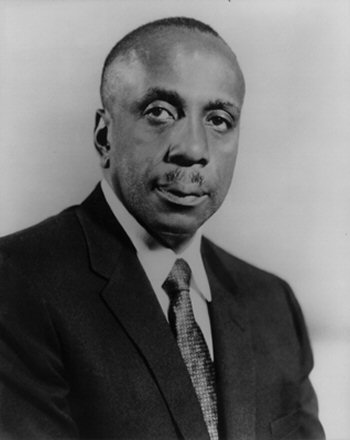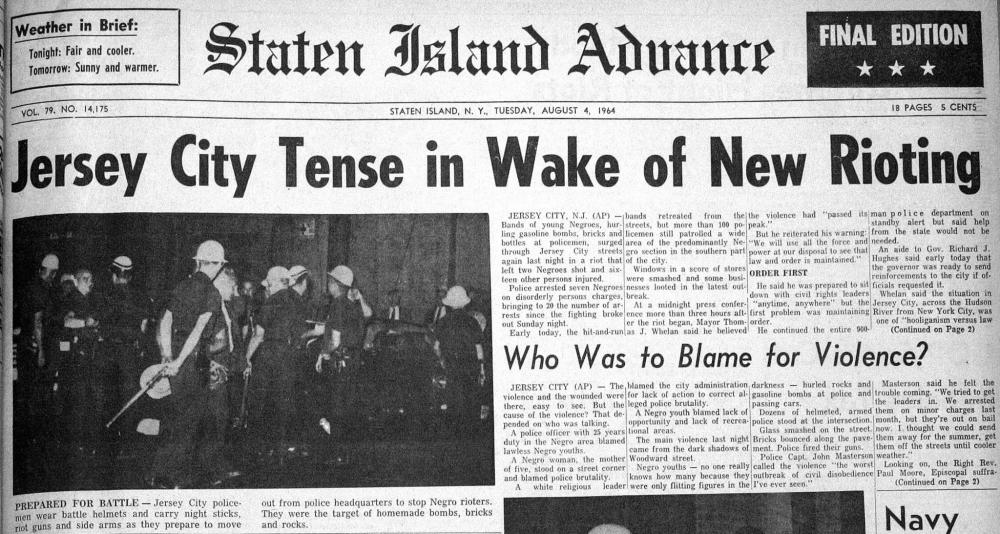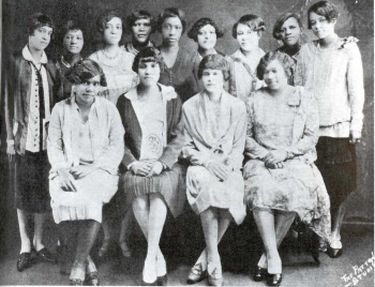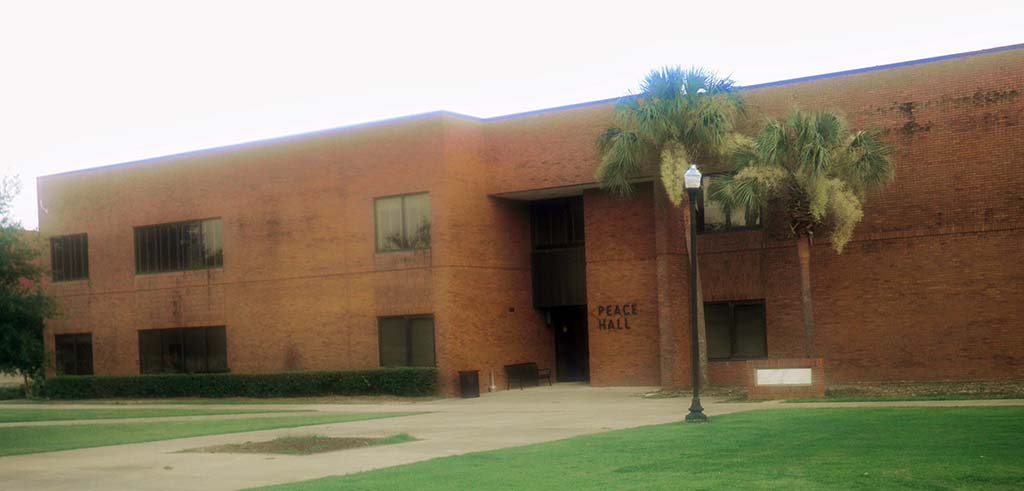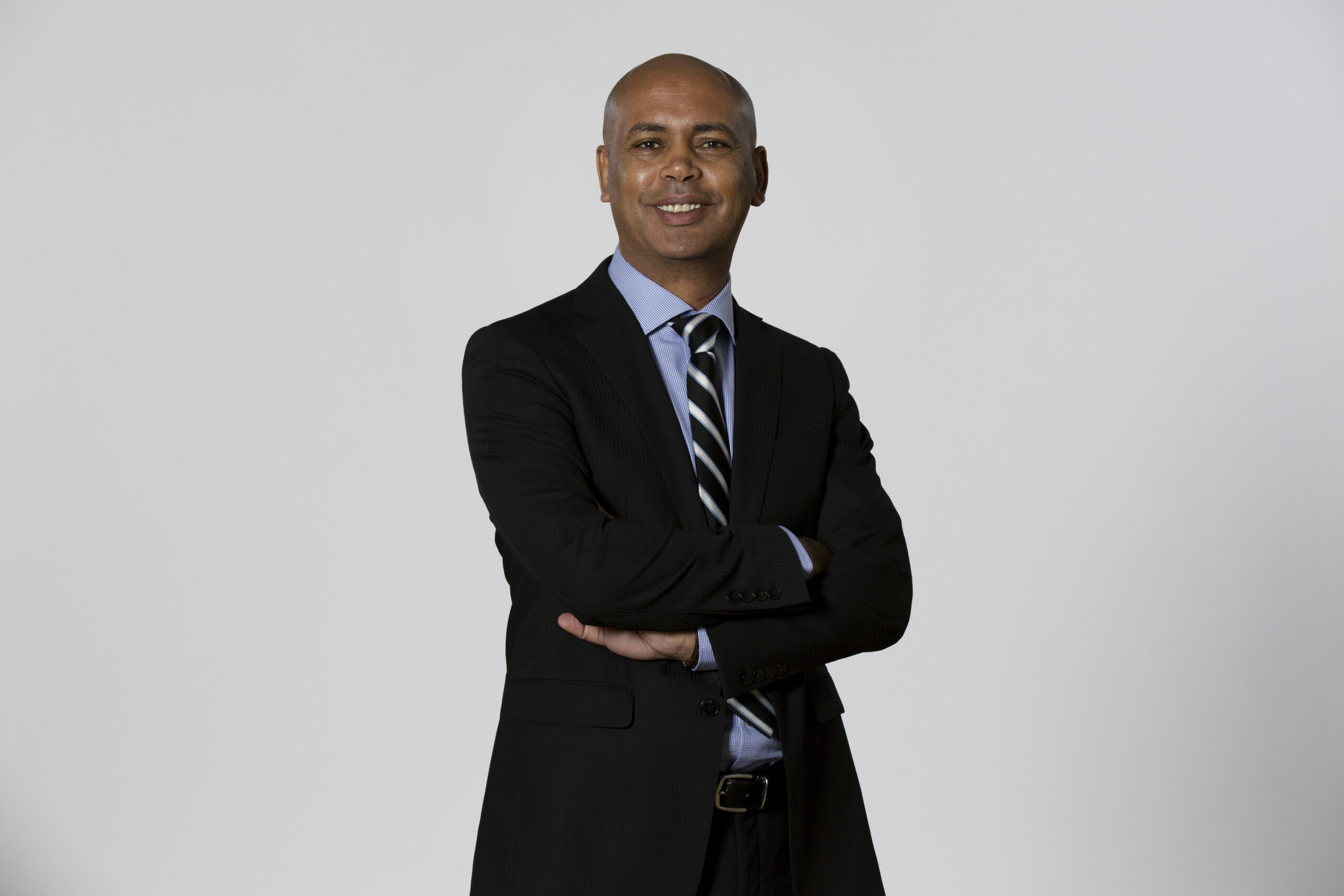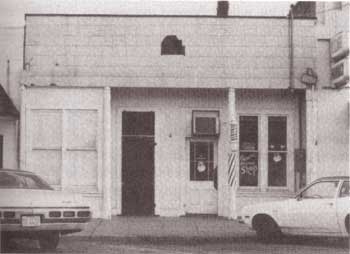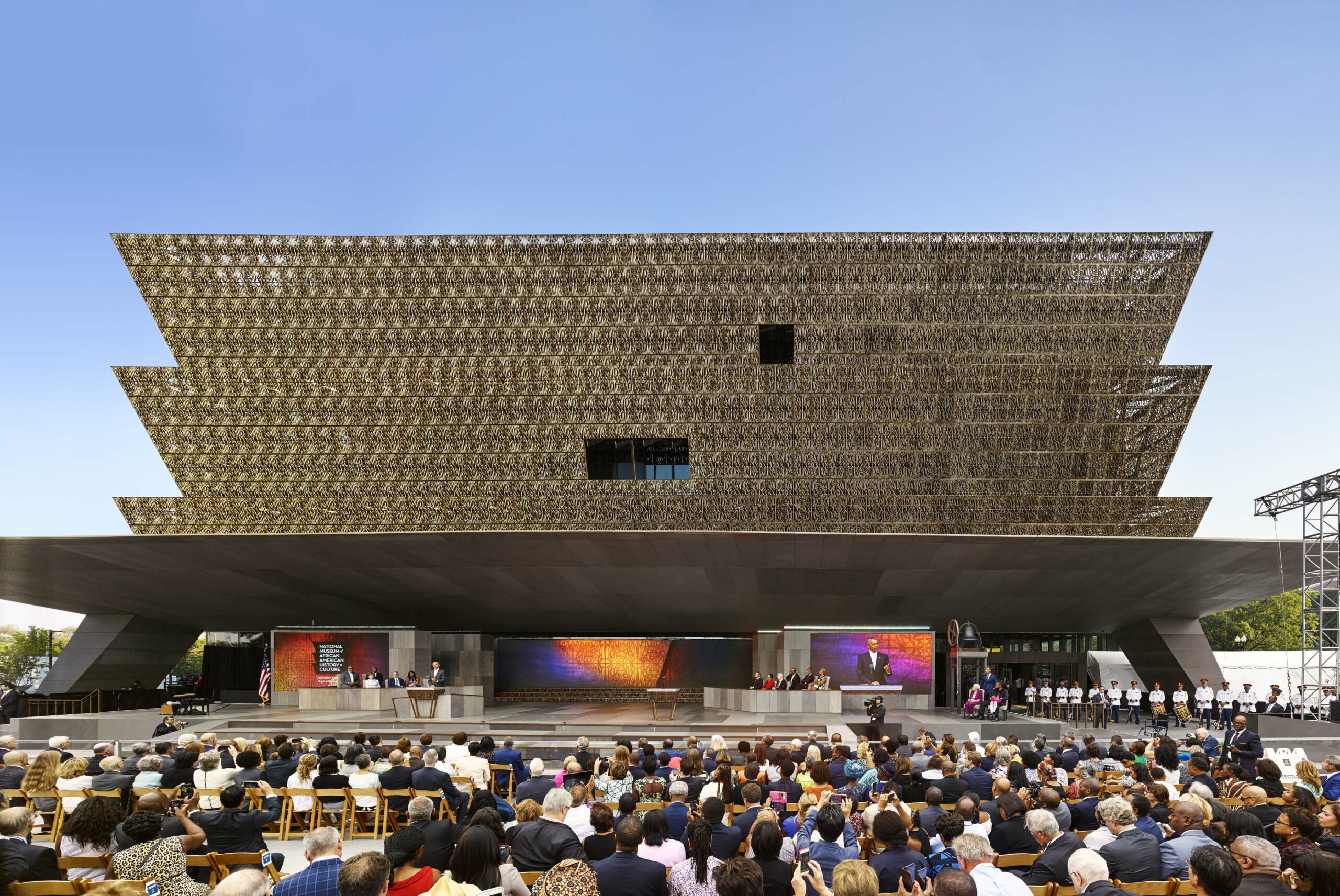In the article below, historian Amy Sommers describes the February 1936 meeting of Howard Thurman in India with Mahatma Gandhi, the leader of that nation’s non-violence campaign for political independence from Great Britain. She argues that the meeting influenced Thurman’s views on the subject and his subsequent sharing of those views with the leaders of the Civil Rights Movement in the United States.
For three hours on the morning of February 21, 1936, two men whose ability to give voice to the social and spiritual significance of how oppressed people respond to their circumstances, met for the only time in Bardoli, a small town near Bombay (now Mumbai) India. The discussions at that meeting between Howard Thurman and Mahatma Gandhi would shape Thurman’s work for the next five decades. And, through Thurman’s mentoring of brilliant, young leaders, the inspiration from that 1936 meeting would influence key activists whose work vitally improved the lives of millions of Americans.
Howard Thurman is variously described as a theologian, educator, pastor, and mystic. He was all those things, and his teachings on the latent spiritual power of the most socially oppressed among us catalyzed a generation of talent who found ways to usher forth massive social, legal, and economic changes in what became the Civil Rights Movement (the “Movement”).
African Americans began using litigation to challenge efforts to deny their civil rights as early as the 19th century, and it remained an important tool into the 20th century. By the 1940s, however, the use of nonviolent direct action, including sit-ins, picketing, and boycotts, started to emerge through the pioneering work of the Congress of Racial Equity (CORE). By the mid-1950s, nonviolent resistance had developed as an important force. The philosophical case for this new methodology grew directly from Howard Thurman’s work honed in the years following his Indian experiences.
Twenty years before the 1955 Montgomery Bus Boycott, Howard Thurman found himself in South Asia at the invitation of the Student Christian Movement of India, Ceylon, and Burma (SCMICB). Its Executive Secretary, Reverend Augustine Rall Ram, was both a Christian and an Indian nationalist. Through the SCMICB, Ram aimed to fashion an Indian Christian church distinct from its Western imperial antecedents. Through a 1931 lecture tour to the United States, Ram became intrigued by the experience of Black Americans, seeing parallels between the social constraints they endured and those in India’s caste system. Ram reasoned that because Christianity in India was seen as the imperial oppressor’s religion, an exchange with Black American Christians would give Indians a new way to consider Christianity. Upon his return to India in 1933, planning for a delegation of Black Christians, a ‘Pilgrimage of Friendship’ began.
Thurman’s connection to the student Christian movement dated to the early 1920s, with his involvement in the YMCA and YWCA, the American ‘feeders’ to the World Student Christian Federation (WSCF). During that period, Gandhi’s work in challenging British imperial control was already of interest to Black Americans and was written about in the Black press with explicit reference to its relevance in countering Jim Crow practices in the United States. By at least 1928, the significance of Gandhi’s work had been emphasized to Thurman personally through the experience of his friends, Frank T. Wilson and Juliette Derricotte. In 1928, Wilson and Derricotte participated as the only Black American delegates to the WSCF conference in Mysore, India. Upon their return, Derricotte and Wilson regularly spoke to student audiences at Howard University’s Rankin Chapel about Gandhian methodology.
When the Pilgrimage of Friendship finally began in October 1935, Thurman and his colleagues faced keen interest from their hosts in Ceylon (Sri Lanka), Burma (Myanmar), and India. Over 140 days, Thurman gave 135 lectures, as well as more informal meetings, dinners, and events where thousands of people from all walks of life participated. It was thought-provoking and all-engrossing. Thurman later said, “I had to find my way to the place where I could stand side by side with the Hindu, the Buddhist, a Muslim and know that the authenticity of their experience was identical with the essence and authenticity of my own.”
Months into the trip, Thurman and Gandhi finally met on February 21, 1936, at Bardoli, India. Gandhi’s secretary, Mahadev Desai, was present and took notes of the discussion. He reported Thurman’s eagerness to hear from Gandhi about the redemptive power of the Indian concept of ahimsa (non-violence) and the concept of satyagraha, the active, nonviolent resistance to evil Gandhi sought to deploy against British imperialism. The men discussed Gandhi’s view that to achieve social transformation, the masses would have to internalize a careful, personal spiritual discipline, with it becoming a working part of their experience. From Thurman, Gandhi wanted to hear about Black Americans’ experience, education, and current social situation. Desai reported that at the meeting’s close, Gandhi’s final observation was: “It may be through the Negroes that the unadulterated message of nonviolence will be delivered to the world.”
Thurman apparently took Gandhi’s expression of hope as a form of benediction. In the years that followed, he gave many lectures and sermons building on the idea that amidst dehumanizing oppression, people can inculcate an inner sense of worth as children of God and refuse to be destroyed by the hate that oppressors seek to impose. In 1949, Thurman’s first book, a distillation of these ideas titled Jesus and the Disinherited, was published. It, and he, became hugely influential for a generation of emerging young leaders he actively supported.
It was these mentees who would go on to ‘operationalize’ Thurman’s vision of the spiritual power of the oppressed when welded with Gandhian thinking about effecting political and social change.
The Fellowship of Reconciliation (FOR), the oldest interfaith peace organization in the United States, was an organization in which Thurman was actively involved and through which his mentoring turned to action. FOR had been founded as a response to World War I. Starting in the 1920s, Thurman called for the organization to take what today we would call an ‘intersectional’ approach on how racism and poverty were connected to war. The organization heeded him and attracted other young Black FOR members, such as James Farmer, Pauli Murray, and Bayard Rustin. Thurman mentored all three, who went on to co-found the Congress of Racial Equality (CORE).
Farmer had been a student of Thurman’s at Howard University, where he was exposed to Gandhi’s philosophy. In 1942, Thurman urged Farmer to establish CORE, which applied Gandhian tools to its aim of eradicating the color line through direct nonviolent action. Nineteen years later, in 1961, Farmer, now national director of CORE, initiated the Freedom Rides across the South to challenge segregated interstate transportation.
Lawyer Pauli Murray’s book, States’ Laws on Race and Color, posited in 1951 (i.e., before the 1954 Brown case) that the doctrine of ‘separate but equal’ status was legally flawed and that civil rights lawyers should directly challenge segregation. Thurgood Marshall later referred to Murray’s book as the ‘bible’ for the legal work of the civil rights movement. Bayard Rustin, another activist inspired by Thurman, was the key organizer of the 1963 March on Washington, among many other contributions to the Movement.
James Lawson, another FOR member and mentee of Thurman, spent time in India in the 1950s as a Methodist missionary, where he studied satyagraha. Lawson also taught Nashville-based students, including John Lewis and Diane Nash, founding members of the Student Non-Violent Coordinating Committee (SNCC), how to apply Gandhian methods through direct action to challenge segregation.
And, most famously, Thurman was an advisor and guide to Dr. Martin Luther King Jr. In graduate school, King read Jesus and the Disinherited, and it was the book he carried with him on his travels in the 1950s. Thurman knew King’s father from their Morehouse days, and during King’s graduate studies at Boston University, when Thurman was on the faculty, King attended Thurman’s sermons and lectures. Thurman invited the young King to visit their family home, and from that point, he began mentoring and supporting King and his civil rights activities. Thurman’s philosophy and teachings offered key understanding to King, as the young minister became the most famous of the many activists engaged in transforming the United States in the 1950s and 1960s.
Thurman himself never joined sit-ins, picket lines, or other direct action means the Movement used to pursue change. At times, he was criticized for being a thinker instead of a frontline activist. Yet Thurman’s significance to the Movement was in his inspiration. John Lewis referred to him as ‘the saint of the Movement.’
In Black Americans’ quest for civil rights, by Thurman’s words and his mentoring of brilliant young leaders, he fostered a lineage of talented people who, together with the foot-soldiers of the Movement, transformed the world by leveraging an ‘unadulterated message of nonviolence,’ just as Gandhi had mused on that morning in February 1936.

